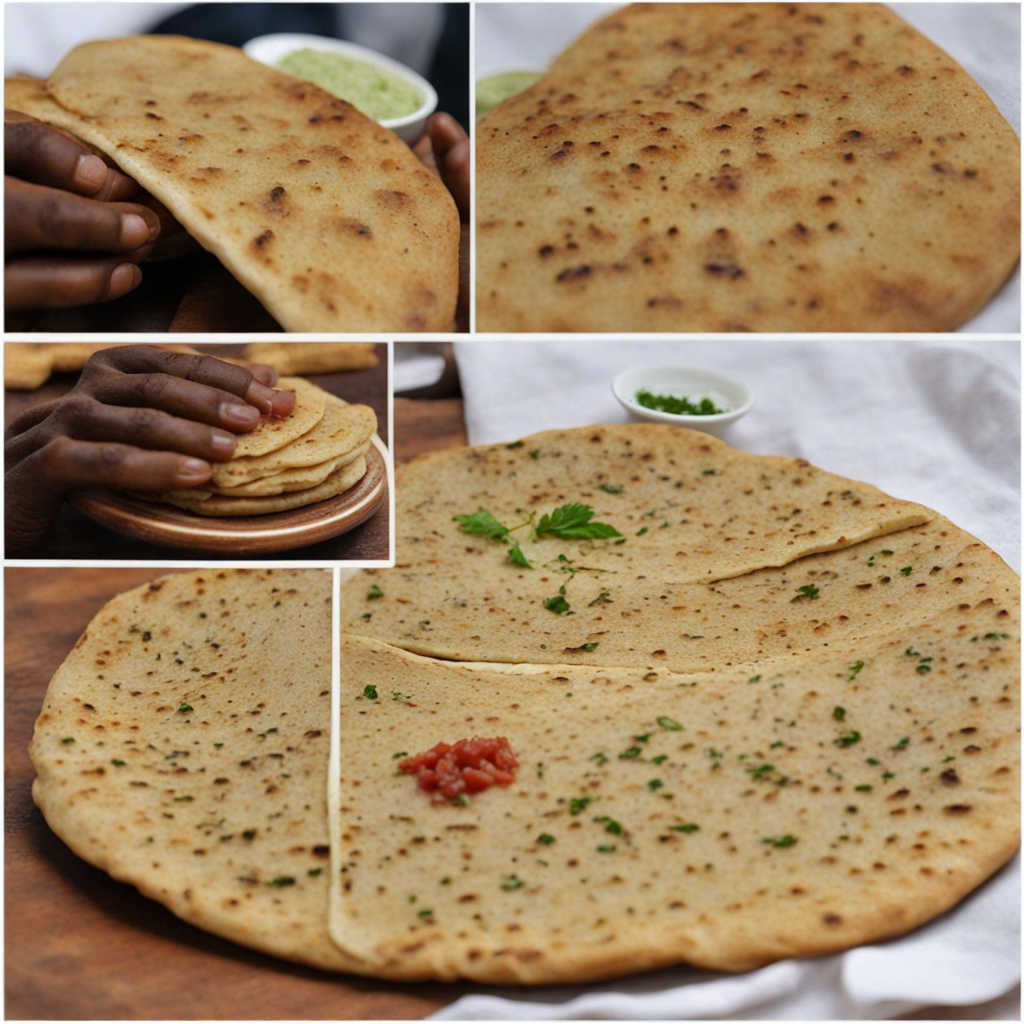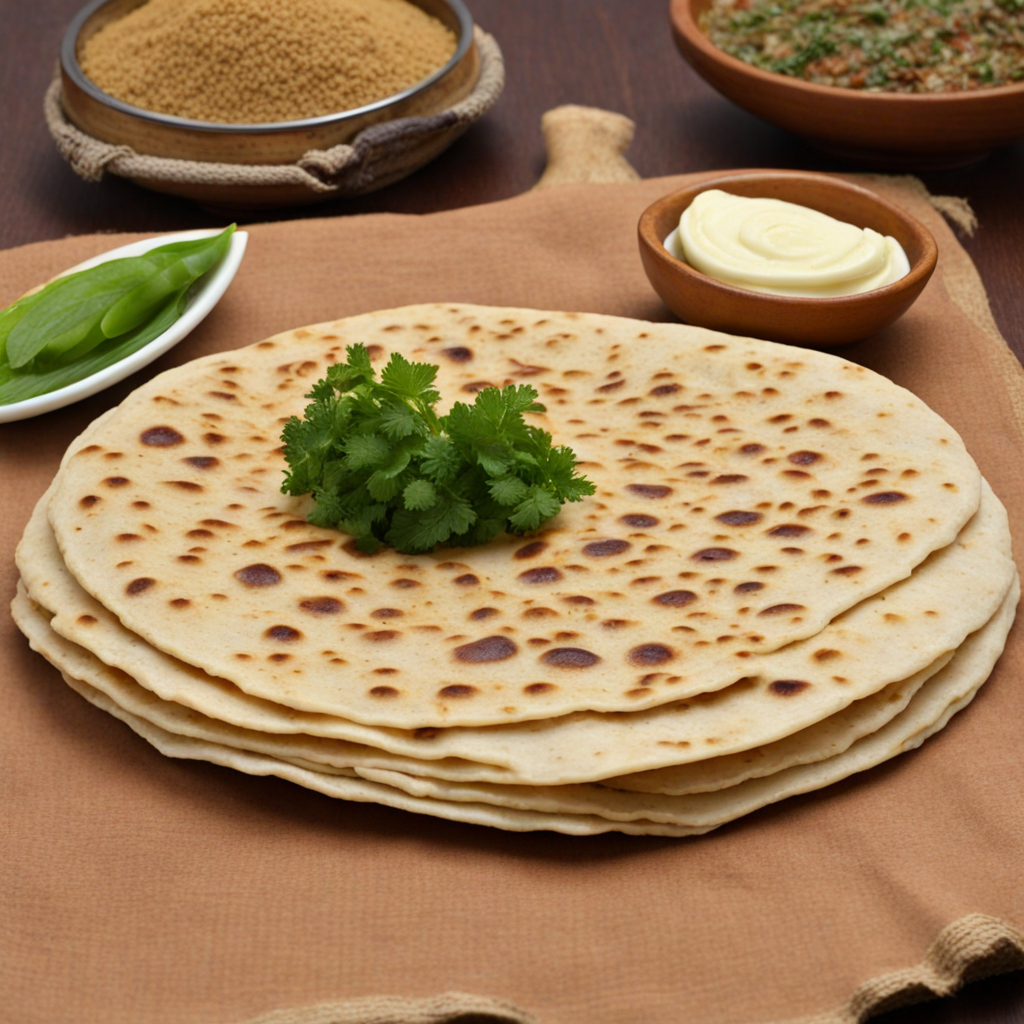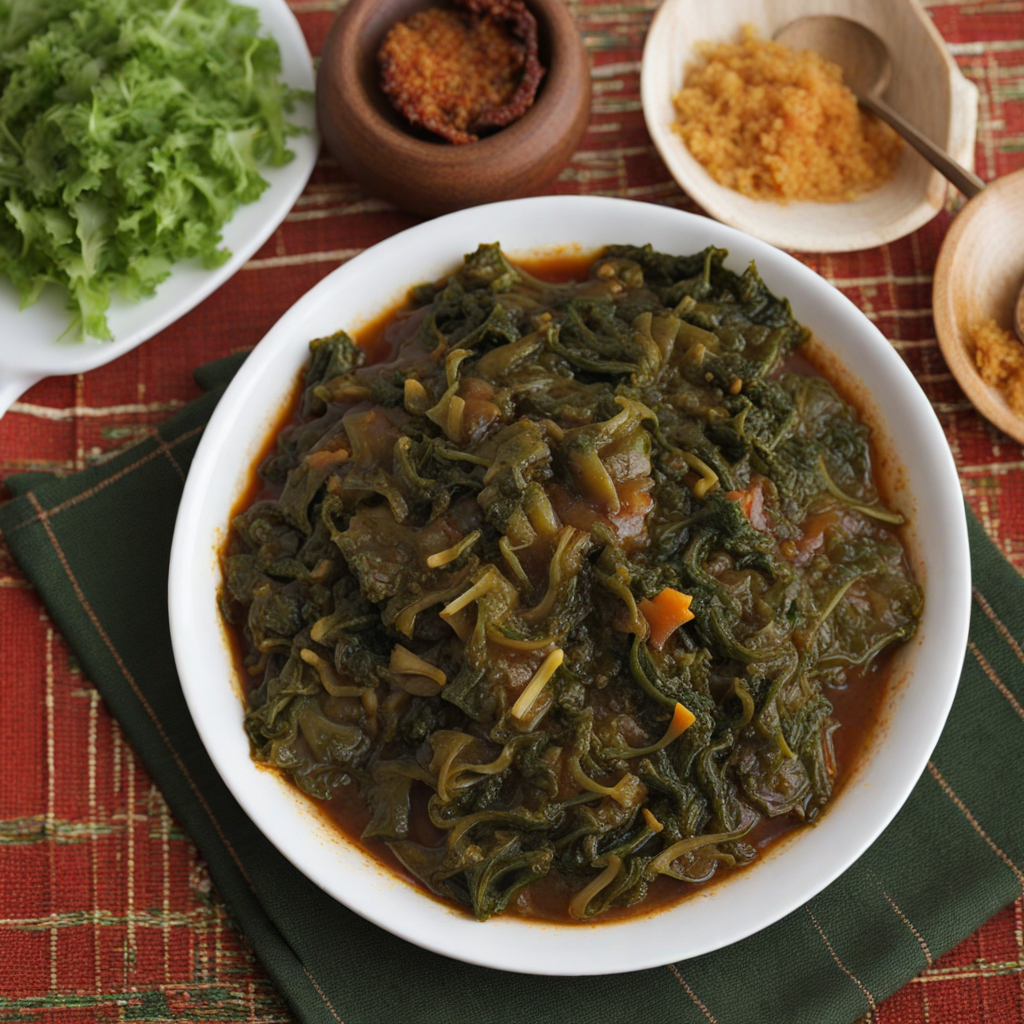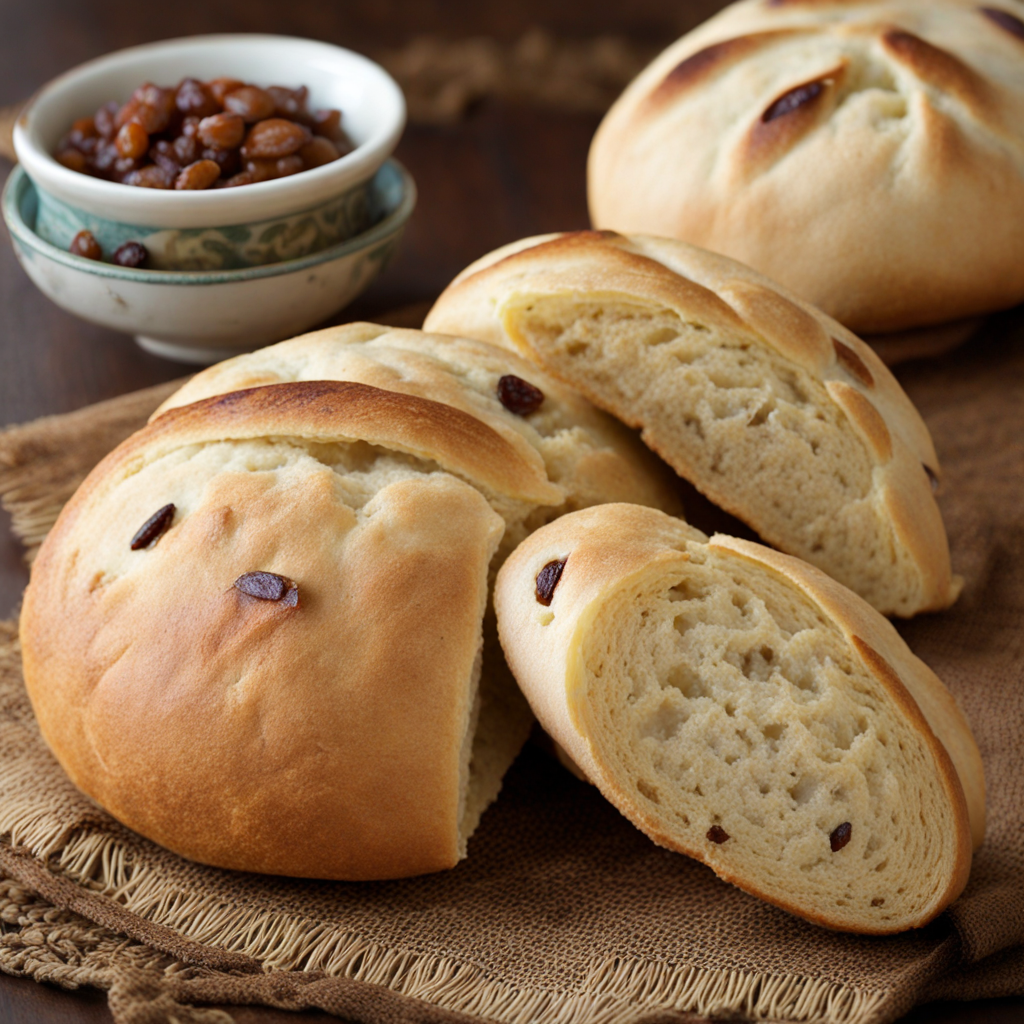Kocho
Kocho is a traditional Ethiopian dish made from the fermented pulp of the enset plant, often referred to as "false banana." This unique food source is a staple in Ethiopian cuisine, particularly in the southwestern regions, where the enset plant is cultivated. The preparation of kocho involves peeling and chopping the enset’s pseudostems and leaves, which are then fermented for several days to develop a distinct tangy flavor. The result is a dough-like consistency that can be shaped into flatbreads or cakes, providing a hearty base for various dishes. Rich in carbohydrates, kocho is not only filling but also offers a unique taste profile that is subtly sour and earthy, reminiscent of sourdough bread. It serves as a perfect accompaniment to a variety of stews and sauces, including spicy lentil dishes or meat-based wats, enhancing the overall flavor experience. Kocho is often enjoyed with the hands, torn apart to scoop up the flavorful toppings, creating a communal dining experience that reflects the Ethiopian culture. The versatility of kocho allows it to be adapted to various palates. While it is traditionally enjoyed as part of a larger meal, it can also be eaten on its own as a snack or breakfast item. The fermentation process not only contributes to its unique flavor but also enhances its nutritional value, making it a source of dietary fiber and essential nutrients. For those seeking to explore new tastes, kocho offers a remarkable glimpse into Ethiopian culinary traditions, inviting diners to savor the richness of its history and culture.
How It Became This Dish
The History of ቆጮ (Qochow) in Ethiopia #### Origins of ቆጮ The roots of ቆጮ (commonly transliterated as "qochow") can be traced back to the rich tapestry of Ethiopian culinary traditions that have evolved over centuries. Ethiopia, a country known for its diverse cultures and languages, boasts a unique gastronomical heritage that reflects its agricultural practices and the influence of various ethnic groups. Qochow is a traditional dish made primarily from teff flour, a staple grain in Ethiopia, revered not only for its nutritional value but also for its historical significance. Teff has been cultivated in Ethiopia for over 5,000 years, making it one of the oldest grains known to humanity. The small, nutrient-dense grain is the foundation of many Ethiopian dishes, most notably injera, the spongy flatbread that serves as both a plate and a utensil in Ethiopian cuisine. Qochow, which is often prepared as a porridge or thick stew, showcases the versatility of teff and highlights the resourcefulness of Ethiopian cooks who have adapted their recipes to suit various occasions and preferences. #### Cultural Significance In Ethiopian culture, food is not merely sustenance; it embodies community, tradition, and identity. Qochow is often associated with special occasions, religious observances, and communal gatherings. It is frequently prepared for fasting periods in the Ethiopian Orthodox Church, which has a significant influence on the country’s cultural practices. During fasting, which can last for several weeks, many adherents abstain from animal products, making dishes like qochow vital for providing essential nutrients. The dish is particularly cherished among the Oromo people, one of Ethiopia’s largest ethnic groups, and has become a symbol of their culinary heritage. Qochow is often served during celebrations and family gatherings, reinforcing social bonds and cultural identity. The communal aspect of eating in Ethiopia, where food is shared from a common plate, is central to the experience of enjoying qochow, as it encourages interaction and strengthens relationships. #### Development Over Time As Ethiopia has undergone changes through colonization, globalization, and modernization, so too has the dish of qochow. Traditionally, qochow was made using simple, locally-sourced ingredients and prepared with time-honored methods. The basic recipe typically includes teff flour combined with water, spices, and sometimes vegetables or legumes. The cooking technique often involved slow simmering, allowing for the flavors to meld and the porridge to thicken to the desired consistency. With the advent of modern cooking appliances and the influence of global culinary trends, the preparation of qochow has evolved. While traditional methods remain in practice, many households now utilize electric stoves and blenders, which can significantly reduce cooking time and simplify the process. Additionally, the increasing availability of diverse ingredients in urban markets has led to the incorporation of various spices, herbs, and vegetables, allowing for more creative interpretations of qochow. In recent years, there has been a resurgence of interest in traditional Ethiopian foods among both locals and the diaspora. As Ethiopians migrate and settle in various parts of the world, they bring their culinary traditions with them, leading to the establishment of Ethiopian restaurants that serve authentic dishes, including qochow. This globalization of Ethiopian cuisine has not only preserved the dish but has also introduced it to new audiences. #### Nutritional Value and Modern Adaptations In contemporary discussions surrounding health and nutrition, qochow has gained recognition for its health benefits. Teff flour is gluten-free and high in protein, fiber, and essential minerals such as iron and calcium. This has made qochow appealing to health-conscious consumers, particularly in Western countries where gluten-free diets are increasingly popular. Moreover, modern variations of qochow can be found in health food markets, where it is sometimes marketed as a superfood. Innovative chefs and home cooks alike are exploring new ways to prepare the dish, incorporating superfoods like kale, quinoa, or chia seeds, and adapting it to fit contemporary dietary preferences. This blending of the traditional with the modern has allowed qochow to maintain relevance in a rapidly changing culinary landscape. #### Conclusion The history of ቆጮ (qochow) is a testament to the richness of Ethiopian culture and its culinary evolution. From its origins rooted in the ancient cultivation of teff to its significance in communal gatherings and religious practices, qochow embodies the spirit of Ethiopian hospitality and tradition. As the world becomes increasingly interconnected, the adaptability of qochow serves as a bridge between the past and the present, allowing it to flourish in new contexts while remaining a cherished part of Ethiopia's culinary heritage. In the heart of Ethiopia, qochow continues to be more than just a dish; it is a symbol of resilience, community, and cultural pride. As people around the world discover and embrace Ethiopian cuisine, dishes like qochow remind us of the importance of tradition, connection, and the stories that food can tell. Through each bowl of qochow shared among family and friends, the history and significance of this humble dish are preserved, celebrated, and passed down through generations.
You may like
Discover local flavors from Ethiopia







